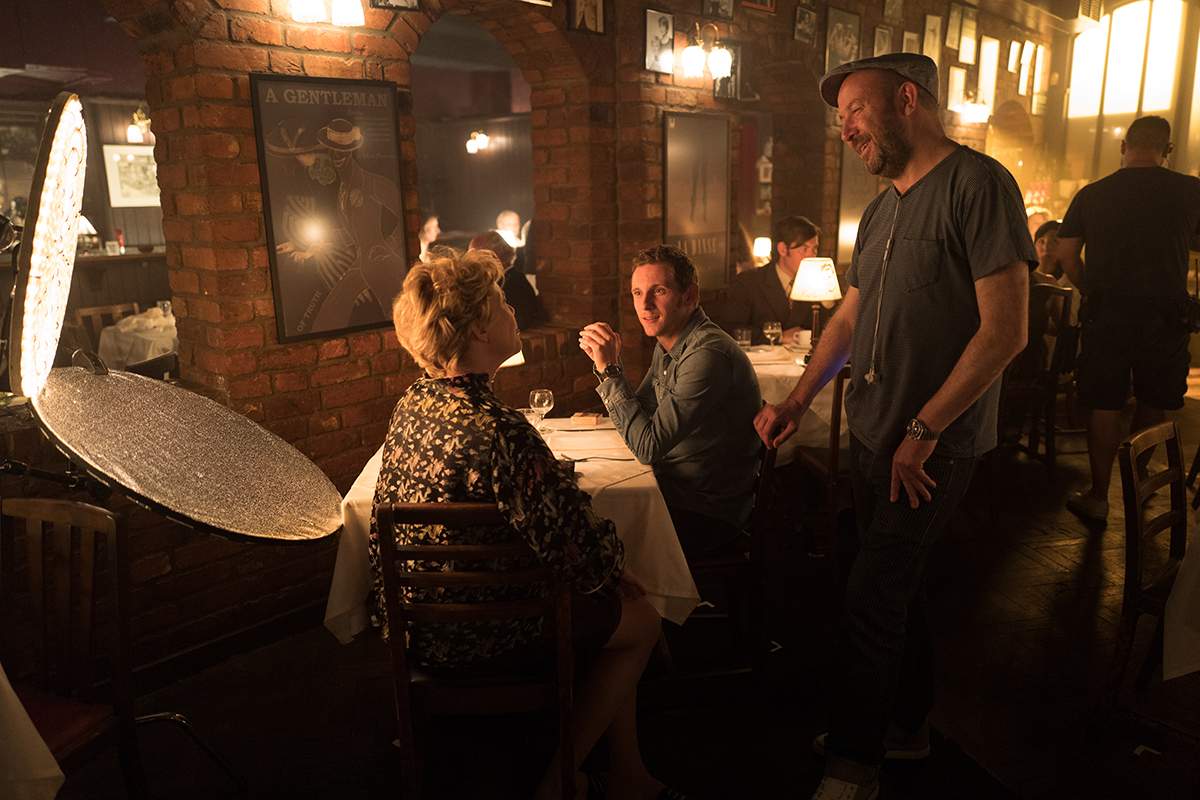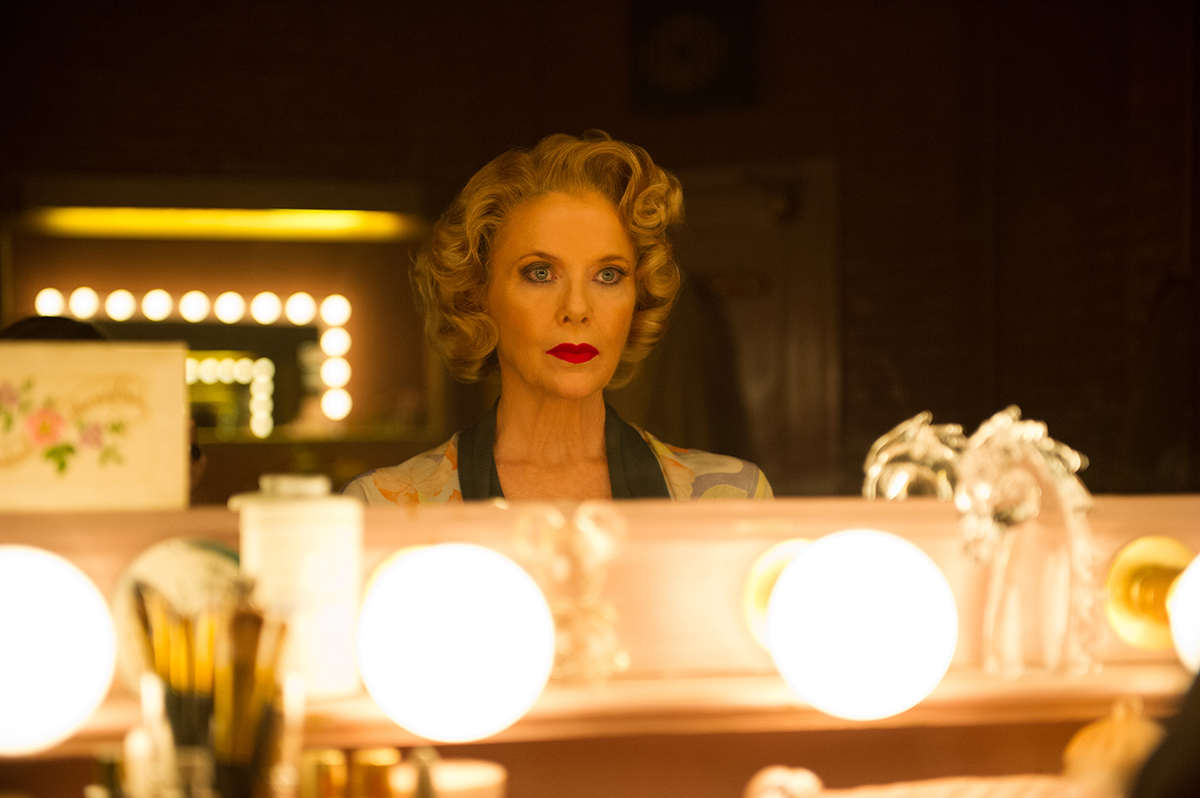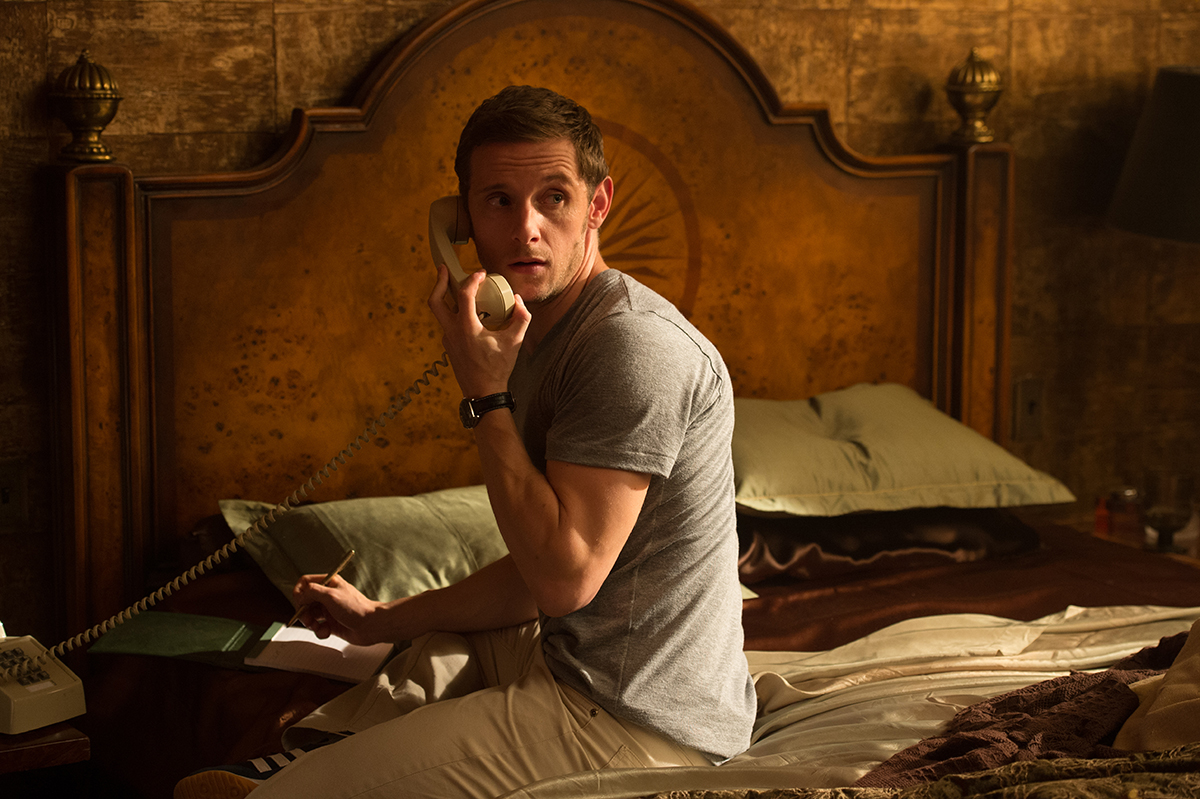When Peter Turner met Gloria Grahame in 1979, her Hollywood career was over. At the time, the 27-year-old Liverpudlian was a struggling actor looking for work in London. When she moved into a flat in his boarding house, he didn’t recognize the Oscar-winning actress from her starring roles in classic films like In a Lonely Place (1950) with Humphrey Bogart or The Bad and the Beautiful (1952). What he did pay attention to was their mutual attraction, despite the 28-year age gap between them.
Paul McGuigan’s movie Film Stars Don’t Die in Liverpool, based on Turner’s memoir, dramatizes their romance, break-up and the illness that drew her back to him. Speaking over the phone from his home in Scotland, the director of action films like Lucky Number Slevin and Gangster No. 1 talks about making a film in a quieter genre, one that seems, from his resume at least, uncharacteristically tender and restrained. But McGuigan offers a corrective to that assessment.

Of his previous films the director says, “They’ve all had an emotional center to them. I’m a 50-year-old man so I understand heartache, love, lust. Plus the screenplay had it, and Peter’s story was so muddied with the emotionality.” In Turner’s memoir, Grahame was the pivotal figure in his life.
McGuigan understood what that meant for him. “We’ve all met someone who has changed our lives, and for good or for bad,” he says. “But he wasn’t really wanting to write a book. It was more free flowing, from one memory into another memory.”
The director created a visual equivalent to mimic the way memories ebb and flow in Turner’s mind. “I wanted the audience to be taken in this journey. I didn’t want to break the spell,” McGuigan explains. “I wanted to build sets that were back-to-back to each other so that either Jamie Bell (Peter Turner) or Annette Bening (Gloria Grahame) could walk through their memory. The camera basically never cuts. It’s quite theatrical in its concept.”

One example of this technique happens in a scene where Turner sits in his parents’ house, about to call Grahame’s son in California. McGuigan recalls, “We built, for instance, the Liverpool house onto the Los Angeles airport arrivals terminal. The idea was that suddenly he’s talking about an American phone number to contact the family about Grahame’s illness. And then suddenly he remembers his first time arriving in Los Angeles [to visit her] and boom, you’re straight into it.”




